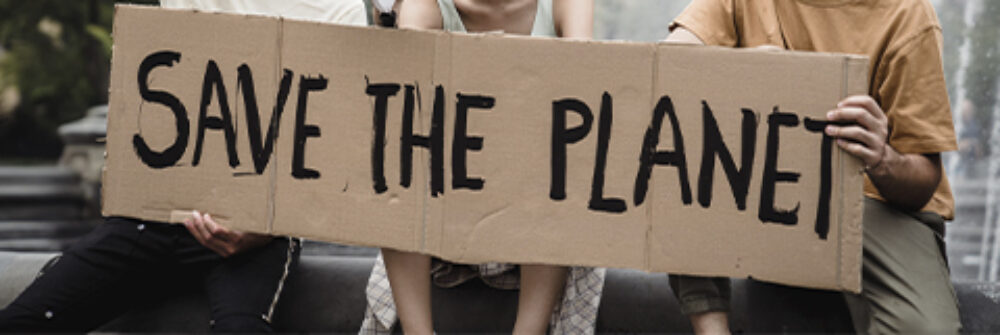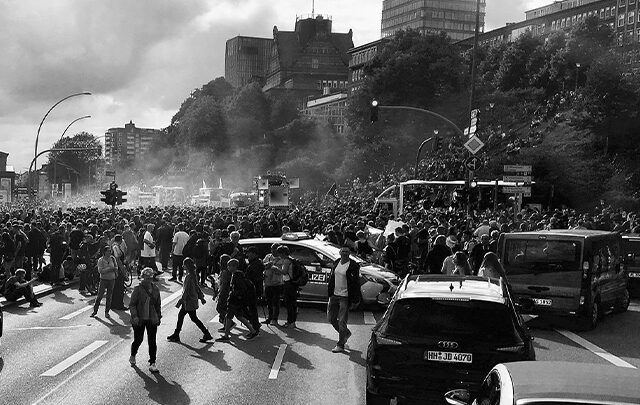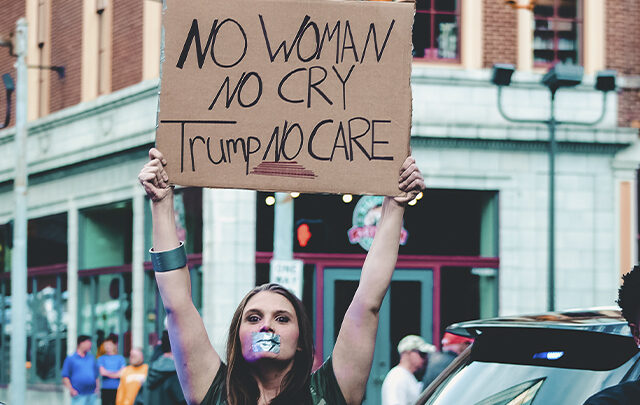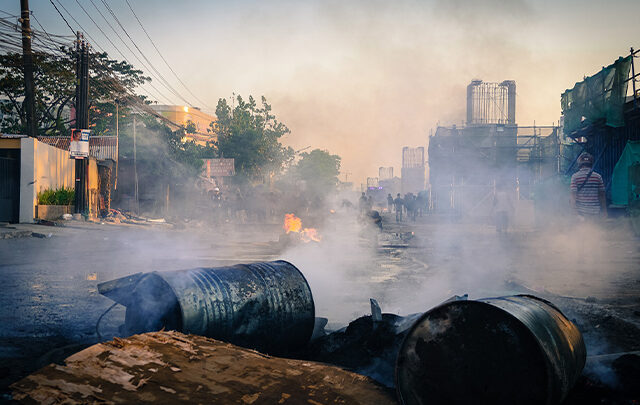The 1960s were the most protestful decade in post-war history, with social protests reaching their peak in 1968, which many historians call a turning point.1 The events of May 1968 in France are probably the most famous student protests in history.
In France, as in many other Western countries, the 1960s were a time of economic growth and a post-war demographic boom: living standards became higher, the number of young people grew, and many of them had a university education, which became increasingly accessible (in 1958 France had 175,000 students, in 1968 there were already over 500,000).
But by the middle of the decade, the economic upturn had slowed down, wages, unlike the number of unemployed, were not rising, which was the cause of strikes in 1966-1967. The policy of the authorities and their methods of force, the war in Vietnam, a former French colony, and, above all, the figure of General Charles de Gaulle, who had been president for almost 10 years, since 1959, caused dissatisfaction among students. The popularity in the 1960s of leftist ideas, including radical ideas: there were anarchists and Maoists among the students also influenced the growth of protest sentiments.
The formal reason for the protests was the forthcoming higher education reform, which included restrictions on students’ freedoms. The May events began with protests at the University of Paris in Nanterre, a suburb of the capital. Its students were dissatisfied with the actions of the university administration, in particular the introduction of separation of students of different genders in dormitories. Then students from the Sorbonne and other universities joined the protesters, and new protests were dispersed by riot police who used tear gas and batons. The brutal crackdown did not stop the protests: French sympathies were now on the side of the students, and actions of solidarity with the students began across the country (for example, on May 13, a million people marched in Paris in solidarity with the students). Trade unions and workers joined the protests and began a spontaneous strike.
Events unfolded spontaneously: the center of Paris was engulfed in something like military action – students dismantled cobblestones and built barricades of stones.
Cars were set on fire in the streets and Molotov cocktails were thrown. In all, up to 10 million people participated in the May protests – out of France’s population of 50 million. Students and workers now demanded not only rights and freedoms for themselves, but also the resignation of de Gaulle and a change of government. One of the victims of the protests was the Cannes Film Festival: Jean-Luc Godard, who supported the left, and other French filmmakers said that in such a situation there was no time for shows.
On May 30 de Gaulle announced on the radio that he refused to resign, but that early parliamentary elections would be held in the country. The elections were won by supporters of the president, who feared a revolution and that the country would descend into chaos, and the protests gradually died down as early as June. True, de Gaulle did not last in power for long – already in 1969, after the defeat at the referendum, he resigned, and another year later suddenly died. Former Prime Minister Georges Pompidou became the new president and the country switched to “Gaullism without de Gaulle”.
After the student protests of 1968 (the significance of which is still debated to this day – they are called one of the most important events of the century, and the failed revolution) the course of the country changed, new political forces gradually came to power. In 1969, the Socialist Party, represented by presidents François Mitterrand and François Hollande, was founded. For several years, the current French President Emmanuel Macron was also a member, who then founded the social-liberal party “Forward, Republic!”.
What is certain is that the May events have left an indelible cultural mark – hardly any other protests have had so many films made about them.




MOST COMMENTED
Largest protests
How Leaderless Protests Work: Horizontal Movements and Collective Decision-Making
Forms of protests
The Right to Protest: How Rallies and Pickets Influence a Democratic Society
Forms of protests
Digitalization of Protest: How Social Media and Technology Are Changing Street Demonstrations
Largest protests
Digital Technology Revolution – Reshaping Modern Activism
Forms of protests
Advanced Acoustic Protection for Confidential Discussions
Forms of protests
Psychology of Protest: What Motivates People at Rallies?
Largest protests
Rallies Against Air Travel: A Rising Movement in the Climate Crisis Era